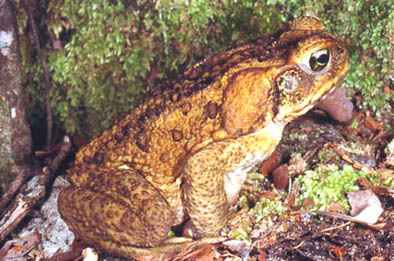The Most-Traveled Cane Toad
The Many Homes of the Cane Toad
The following questions are answered on this page. Either click on the following bookmarks, or just read down the page!
How or why is the cane toad outside of its native habitat?
What characterizes cane toad habitat?
What effect have humans had on toad habitat?
Where is the native habitat for the cane toad?
Where all does the cane toad now call home?
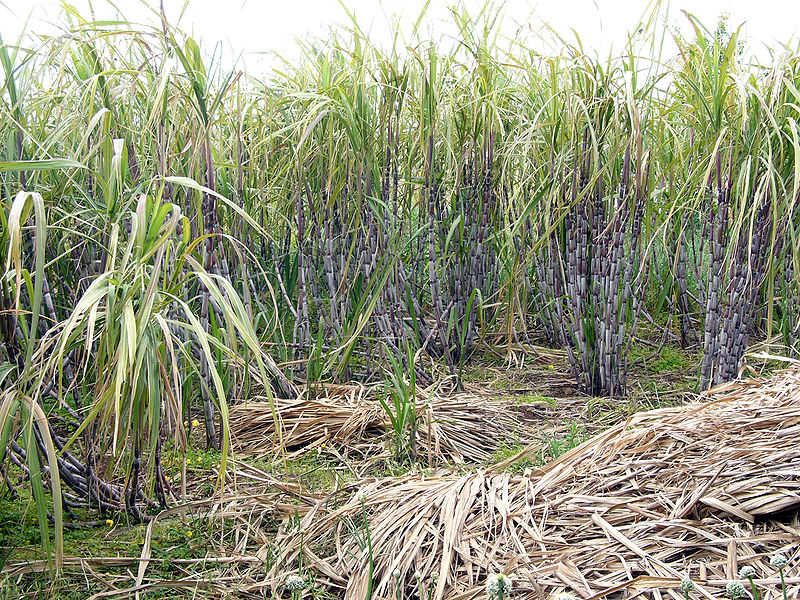 How
or why is the cane toad outside of its native habitat?
The migration of the cane
toad is a long story, and wh
How
or why is the cane toad outside of its native habitat?
The migration of the cane
toad is a long story, and wh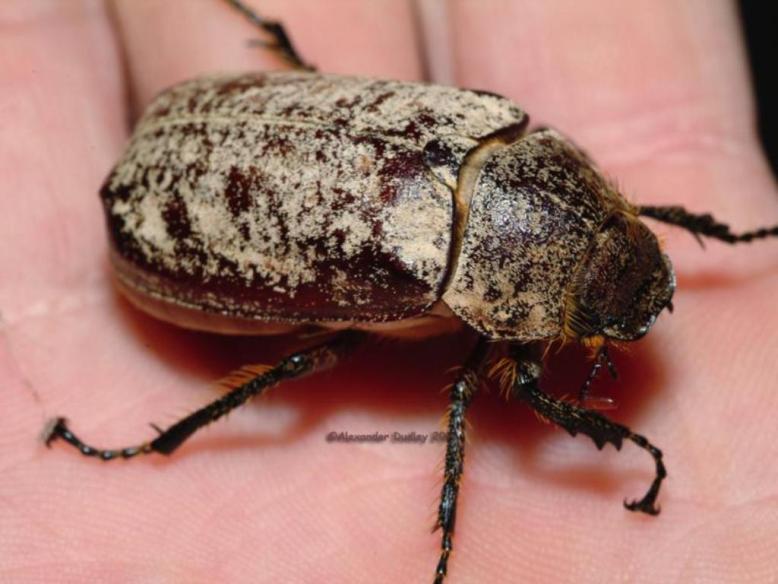 ile the toad is very adaptive, it
could not have accomplished its feats without humans!
So, let us begin our story with why
humans first thought that they loved the cane toad.
Back in 1930,
sugar cane was the main export of
ile the toad is very adaptive, it
could not have accomplished its feats without humans!
So, let us begin our story with why
humans first thought that they loved the cane toad.
Back in 1930,
sugar cane was the main export of
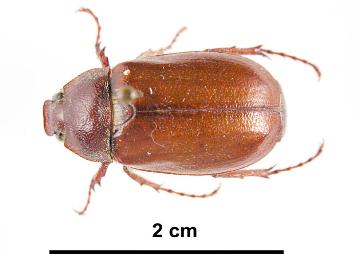 important to the economy.
However,
important to the economy.
However,
Australians learned of the cane toad in 1932 when a sugar
technology conference was held in
Because sugar cane was so vital to the Australian economy, there was huge social pressure on the Australian government to “do something” about the beetle problem. With so much pressure, the government quickly decided to import the promising cane toad.
In 1935, 101 toads arrived alive in
The toads were initially released in 9 locations.
Unfortunately, the toads didn’t like Australian cane
fields. The fields were too dry and sunny for
these moisture-loving toads, and the intended food for the cane
toads were too high up in the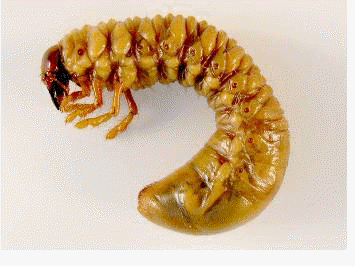 plants for the toads to encounter
the bugs in any quantity.
All the toads might find were the
beetle larva (pictured).
Furthermore, toads are mostly
active at night, whereas beetles prefer daytime activity). The
only “thing” the toads received out of the cane fields was the
cane toad name.
Ever adaptive, however, the toads moved out of the failed
cropland habitat and into the rest of
plants for the toads to encounter
the bugs in any quantity.
All the toads might find were the
beetle larva (pictured).
Furthermore, toads are mostly
active at night, whereas beetles prefer daytime activity). The
only “thing” the toads received out of the cane fields was the
cane toad name.
Ever adaptive, however, the toads moved out of the failed
cropland habitat and into the rest of
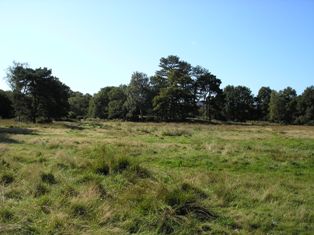 In the wild, cane toads prefer grasslands
to dense forests, in which their big bodies and short legs make
navigation more of a challenge.
Regardless,
they found plenty of food…insects, other frogs, small rodents,
small birds, snails, small snakes, and pretty much anything else
that would fit into their mouths!
Because they have poison glands behind
their ears, few creatures could eat them and
live to brag about it…none of the creatures which might eat them (snakes, birds,
monitors, crocodiles, wild cats and dogs) had evolved to deal
with toad toxins, because they hadn't been
exposed to toads.
In the wild, cane toads prefer grasslands
to dense forests, in which their big bodies and short legs make
navigation more of a challenge.
Regardless,
they found plenty of food…insects, other frogs, small rodents,
small birds, snails, small snakes, and pretty much anything else
that would fit into their mouths!
Because they have poison glands behind
their ears, few creatures could eat them and
live to brag about it…none of the creatures which might eat them (snakes, birds,
monitors, crocodiles, wild cats and dogs) had evolved to deal
with toad toxins, because they hadn't been
exposed to toads.
Put it this way: it takes time for species to evolve the ability to survive much less easily tolerate a poison, and when a toxin (or cane toad) suddenly appears, that evolution has not had time to occur. The result is that this toxic toad has no real enemies in this non-native habitat…the few creatures that dare even attempt to eat it often die.
So, the cane toad has
plenty of food and no enemies.
Any guess what
this means?
It is the perfect storm for a
population explosion: cane toads everywhere.
They out-eat their smaller competitors, then they out-breed them
too (how can any amphibian produce more offspring than the cane
toad, when one female cane toad can lay 30,000 eggs in one
batch, and the toads grow into mature adults faster than those
of native species?).
And so, entire species
collapse --either from being eaten by the cane toad, or starved
due to the cane toad’s voracious appetite, or its eggs and
offspring outdone by the cane toad--
and eventually the altered
species populations effect the entire ecosystem.
And, the toads can spread at up to 17-31 mi (27-50 km)
each year in the most favorable of habitats.
In some locations, there are 5000 toads per acre.
They are taking over
entire species
collapse --either from being eaten by the cane toad, or starved
due to the cane toad’s voracious appetite, or its eggs and
offspring outdone by the cane toad--
and eventually the altered
species populations effect the entire ecosystem.
And, the toads can spread at up to 17-31 mi (27-50 km)
each year in the most favorable of habitats.
In some locations, there are 5000 toads per acre.
They are taking over
On to a somewhat nicer topic,
consider the cane toad in the
human environment.
Humans provide the habitats that these cane toads loved:
humans clear dense forest in favor of grasslands, parks, and
cities. Human habitats (cities) often provide
the cushy life for toads:
there’s shade,
water, and the light.
Light?
Well, the cane toads don’t care directly about the light,
but about the concentrated bug populations that swarm lights.
Its as if, instead of having to scavenge for food, the
cane toads need only appear at the dining room table – all
courtesy of humans.
There are also humans
that like the toads and thus intentionally feed them.
Cane toads are even known to eat cat and dog food, and to
learn and then appear at
 the scheduled feeding times.
Cane toads must think that humans love them…providing the
easy life.
the scheduled feeding times.
Cane toads must think that humans love them…providing the
easy life.
Cane toads must think that humans love
them…providing the easy life.
Yet in reality,
there are many people that dislike them.
Some
people will intentionally swerve back and forth across a road,
trying to kill as many cane toads as possible.
This is almost a sport to people, as not only does it
reduce the numbers of what has become a nuisance species, but
the toads make a popping sound as they explode when hit.
There are also government programs aimed at reducing-and
hopefully but unrealistically eradicating-
the cane toad population.
(See
Anuran Populations for
more on population control efforts).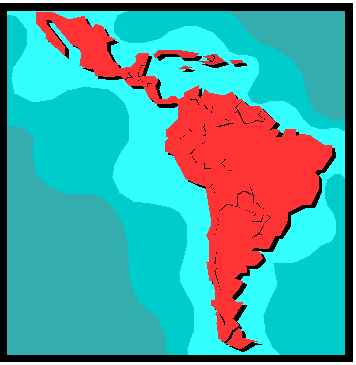
The
native range of cane toads
includes the huge swath of
land from
 Due
to mostly intentional human transport, today cane toad exist
in over 50 countries or territorie
Due
to mostly intentional human transport, today cane toad exist
in over 50 countries or territorie s.
Humans have introduced the cane toad to the following:
Japan, Philippines, Taiwan, Thailand, Egypt, Mauritius, Bermuda,
US (Hawaii (5 islands), Florida, Louisiana), Antigua, Barbados,
Cuba, Dominican Republic, Grand Cayman, Grenada, Hispaniola,
Haiti, Jamaica, Martinique, Puerto Rico, US Virgin Islands,
British Virgin Islands, Australia, Papua New Guinea, American
Samoa, Fiji Islands, Solomon Islands.
No
doubt about it, this toad has more stamps on its passport than
due most people!
s.
Humans have introduced the cane toad to the following:
Japan, Philippines, Taiwan, Thailand, Egypt, Mauritius, Bermuda,
US (Hawaii (5 islands), Florida, Louisiana), Antigua, Barbados,
Cuba, Dominican Republic, Grand Cayman, Grenada, Hispaniola,
Haiti, Jamaica, Martinique, Puerto Rico, US Virgin Islands,
British Virgin Islands, Australia, Papua New Guinea, American
Samoa, Fiji Islands, Solomon Islands.
No
doubt about it, this toad has more stamps on its passport than
due most people!
Humans introduced cane toads to many areas in an attempt to control pests, primarily insects such as those that destroy sugar cane crops. It is from its attempted sugar cane application that its common name of “cane toad” is derived. The toad likes to live near fresh water. Their scientific name, Bufo marinus, translates to “marine toad,” but they aren’t marine (although tadpoles can tolerate brackish, or partially salty, water). They require freshwater, even when they live along coastlines.
Well, it sure looks innocent!
Now, learn what the cane toad eats!
